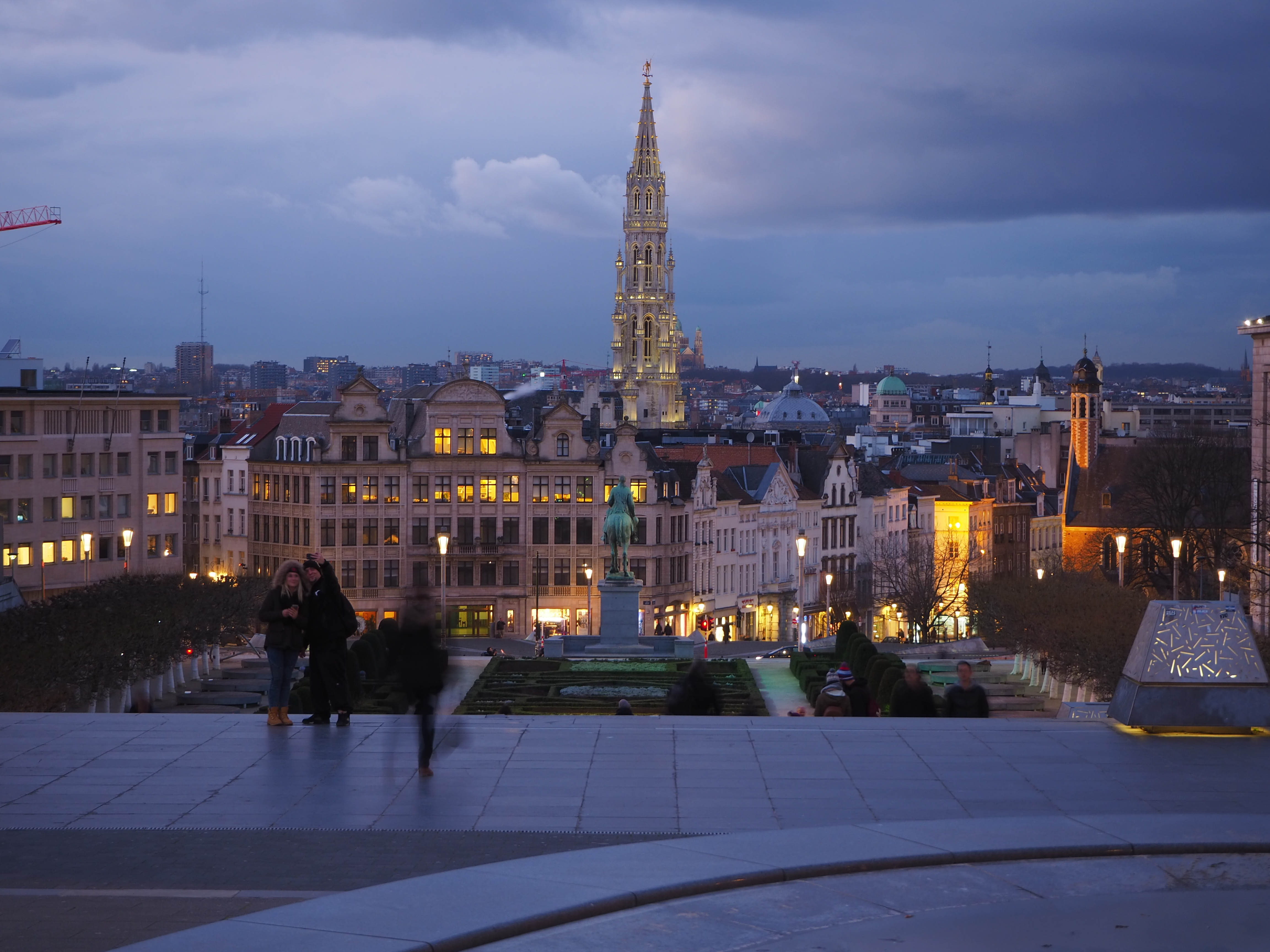The systemic environmental racism which Europe’s Roma communities experience has made them especially vulnerable to the COVID-19 pandemic.
This makes the need for robust EU action urgent, with no room for complacency or delay, writes Patrizia Heidegger.
Cluj-Napoca, with its neat streets and colourful squares, is Romania’s fourth-largest city. It is early in the morning on a freezing December day. A large contingent of police turns up at the homes of local Roma families at Coastei Street. They have come to enforce what the municipality announced only two days earlier: around 300 Roma will be moved to social housing. The families are afraid but they follow the orders.
A few miles away, the scenery is very different. Mountains of garbage tower over the Pata Rât dump. Here, chemical waste has been buried in the ground. Leaks from the landfill pollute the soil and groundwater. Burning waste releases noxious fumes. Those forced to live here report ear, eye and skin infections, asthma or bronchitis, high blood pressure, heart and stomach problems.
The horrified families are dumped here, too. They are left with 20m² of unbuilt land, ten planks and two beams for each family to build themselves a new home. It is minus 20⁰C on that winter day.
That was in 2010. The Cluj-Napoca County Court declared the eviction illegal in 2014. Four years later, the European Court of Justice found that Romania had failed to close and rehabilitate 68 illegal landfills, including Pata Rât. Today, a decade after their eviction, many of the families still live in improvised housing under squalid conditions.
Treated like trash
These court rulings have made no difference to the fate of these communities. Quite the contrary. Pata Rât is Europe’s largest garbage ghetto. Around 1,500 people, mostly Roma, live in four different settlements in close vicinity to the dump and have no choice but to make a living out of waste. This is the result of long-standing and structural violence that has pushed Roma families to live on this toxic wasteland.

Pata Rât is a stark example of environmental racism against Europe’s Roma, but it is far from being an isolated case. Environmental racism in Europe is systemic and widespread. This is the finding of ‘Pushed to the Wastelands’, a report I co-authored.
Our research is the result of a collaborative effort between the European Environmental Bureau (EEB), the European Roma Grassroots Organisations Network (ERGO) and the Environmental Science and Technology Institute at the Universitat Autònoma de Barcelona (ICTA-UAB). The report also draws on 32 representative cases of environmental racism against Roma featured in the Environmental Justice Atlas.
Forced ghettoisation
Roma communities across the region often have no choice but to live and work in polluted, marginal environments. They are quite literally pushed to the wastelands. Forced evictions occur regularly when the areas they inhabit become more valuable for mainstream society – to build a tourist resort, lay a new road or for gentrification purposes.
In addition, Roma neighbourhoods are regularly excluded from basic environmental services, such as piped drinking water, adequate sanitation and waste management. They are disproportionately affected by environmental burdens, including pollution and environmental degradation. They are also pushed to live where floods regularly wash away houses.
One consequence of all this are the devastating health impacts, which range from infectious diseases to mental health issues. Another is the public perception that Roma areas are dirty places and the social stigmatisation of those who live in these wastelands.
Victims and scapegoats
As the COVID-19 pandemic has swept over Europe, the long-standing neglect of Roma communities makes them highly vulnerable to the disease. Most Roma already live in poverty. The pandemic and the economic shutdown will impoverish them further.
No tap water at home means no place to wash their hands with soap. Living in overcrowded houses and neighbourhoods make social distancing impossible. And exposure to pollution and environmental degradation result in even higher health risks.
At the same time, some governments have imposed discriminatory measures against Roma communities in response to the pandemic, including checkpoints at Roma neighbourhoods or drones used for surveillance. Meanwhile, the minority is at risk of once again becoming the scapegoat, with some blaming the Roma for the spread of the virus.
Time for EU action
The European Commission is currently drafting a proposal for the EU’s post-2020 Roma inclusion policy. It is uniquely positioned to ensure that the EU’s new approach to tackling anti-Roma discrimination includes confronting environmental racism. However, it now appears that the proposal might be one of those that the Commission has decided to delay due to the pandemic – despite the fact that the most marginalised face the highest risks.
For too long, environmental racism in Europe has remained an underappreciated issue. European policies for the inclusion of Roma communities have turned a blind eye to this form of discrimination. Where we have strong environmental rules in place, these need to be implemented equally for everyone’s benefit.
Environmental rights, which all EU countries have committed to, have to be granted to everyone without any discrimination based on ethnic and social identity. In light of the current crisis, the Commission needs to prioritise a stronger policy framework for Roma inclusion.
The EU, its member states, and candidate countries must urgently address environmental racism against Roma communities decisively, substantively and comprehensively. They would best achieve this by agreeing on legally binding targets to curb anti-Roma racism and to end the exclusion of Roma, including the environmental injustice they experience.


